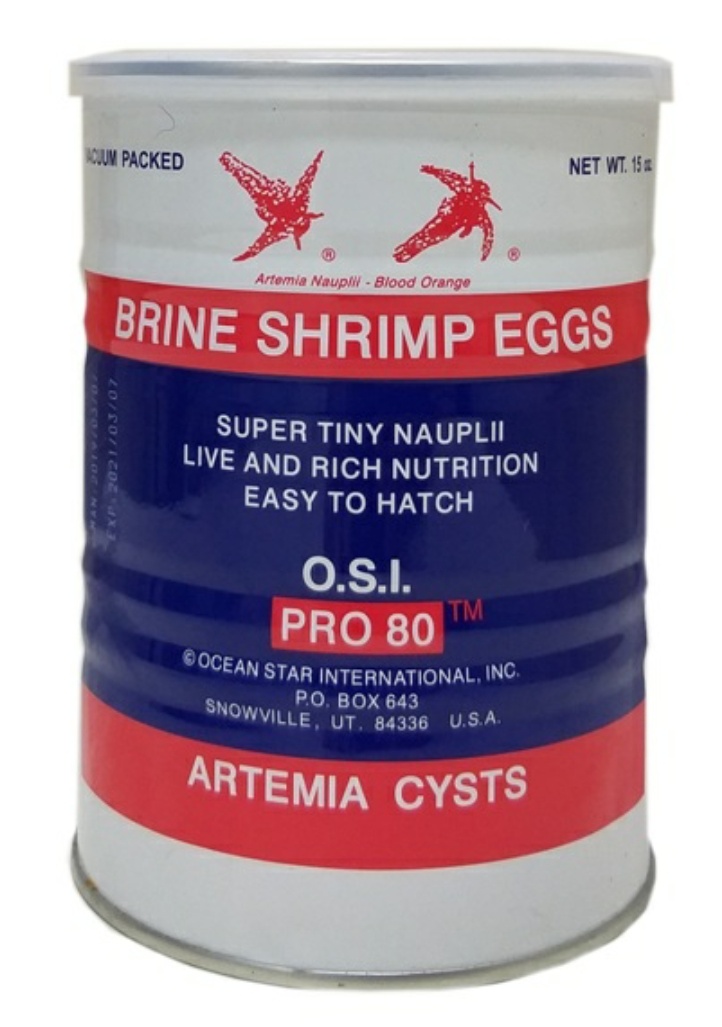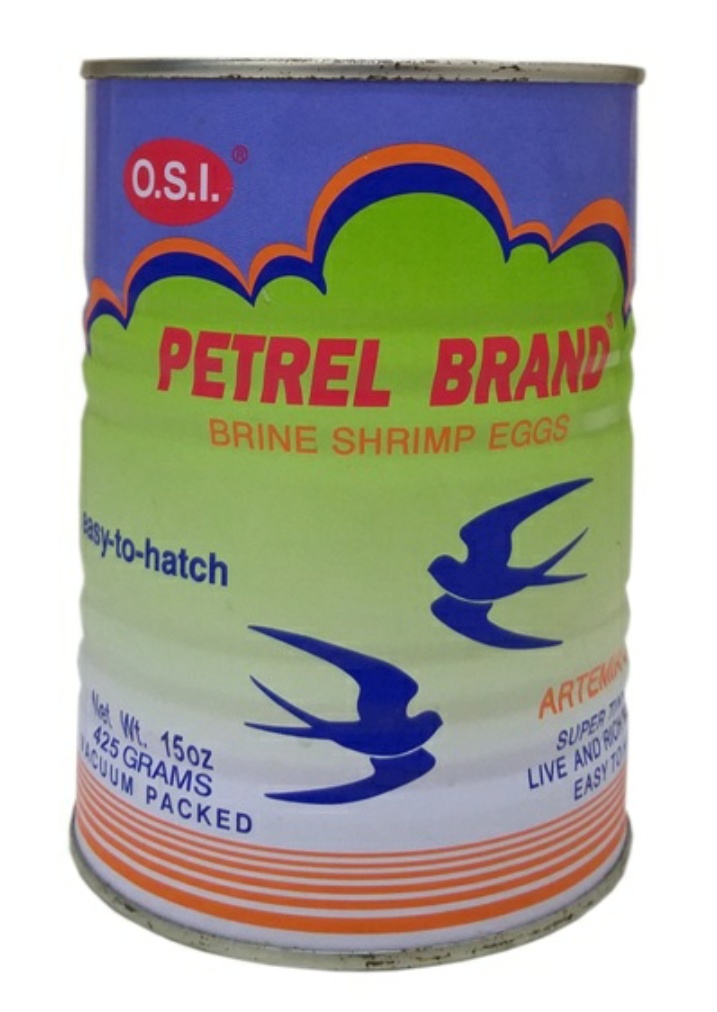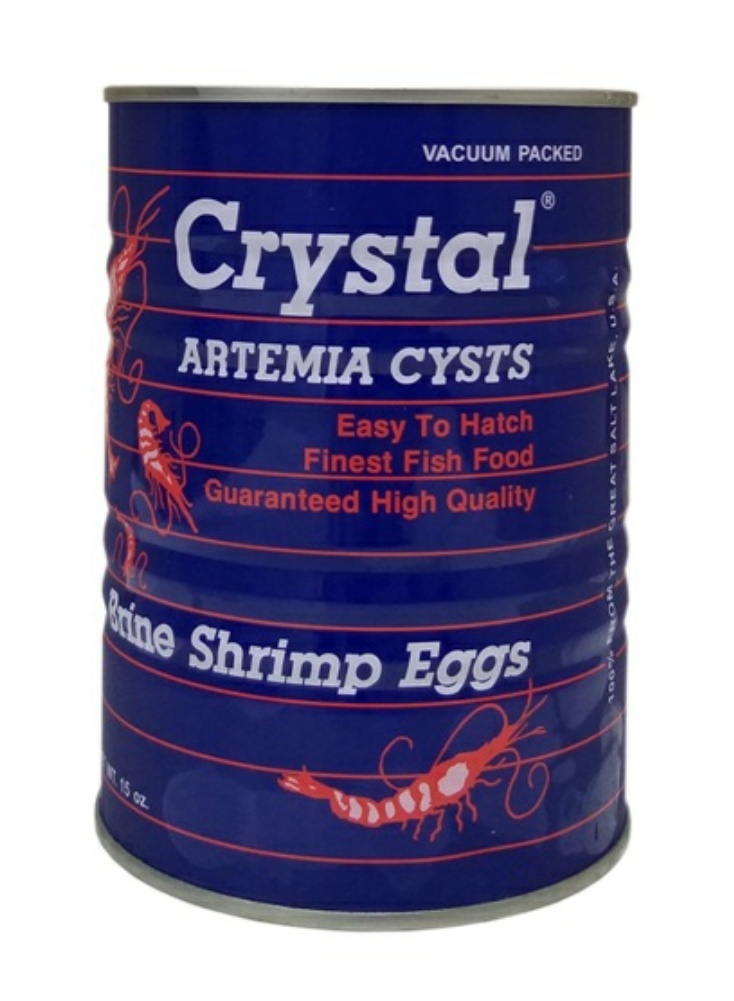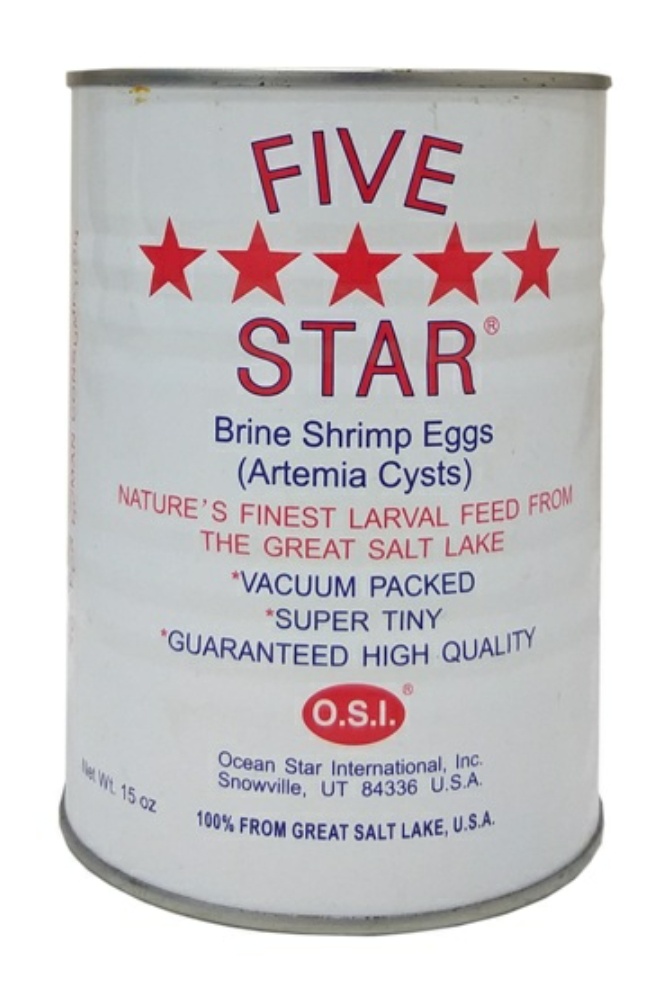Description:
AQUABIOS deals specifically in OSI – Brine Shrimp Eggs (Artemia) (PRO 80 ( RED/BLUE/YELLOW) / 5 STAR/ CRYSTAL/PETRAL) which is THE BEST quality in the world due to their good hatch rate and high protien content.
All our brands denote 80-95% hatch rate. The tin has 425grams (15 Ounces) of cysts. Brine shrimp larvae is the best feed for the larvae of shrimps, prawns and fish fry. Larvae hatching out of the eggs are rich in Protien upto 61%. The quality of OSI is exceptionally good compared to any other in the world because The Great Salt Lake (GSL) in Utah USA is the biggest natural Salt Lake which has the brine shrimp strain franciscana.
OSI has a processing unit which is very hygenic way and is free from extrenal pathogens and viruses. This is one of the reasons which makes OSI Brine Shrimp Eggs more popular worldover.
These are the harvest of the Great Salt Lake in Utah, U.S.A.
The eggs after a wash, are made to dry and vacuum packing is done. Before shipping, all lots of eggs pass through a test for their hatchability. Newly hatched nauplii from these eggs provide one of nature’s finest, nutritious foods for many fishes and invertebrates. The resulting nauplii contain approximately 61% protein and are rich in fatty acids and pigments.
Brine Shrimp Eggs Hatching Instructions
- Hatching tank: Use a clear plastic or glass bottle. For larger quantities use a 10-55 gal. (38-208 L) fiberglass tank.
- Use clean sea water or artificial salt water with a specific gravity of 1.01 to 1.02.
- The optimum PH is 7.5-8.5. If necessary, add an alkaline solution made from soda ash or sodium sulfate to raise the PH.
- During hatching, use sufficient aeration to keep all eggs in circulation at all times. Pump the air through an airstone to get a smooth flow.
- The optimum hatching temperature is 82-85°F (28-29°C).
- Most hatching will occur after 20-36 hours.
- To harvest, remove the air supply and wait 10-15 minutes. The nauplii will school on the bottom. Siphon them into a fine mesh net by using a plastic tube.
- Store cysts in a cool, dry place. For maximum preservation, cysts can be frozen






 InnovTouch Technologies
InnovTouch Technologies